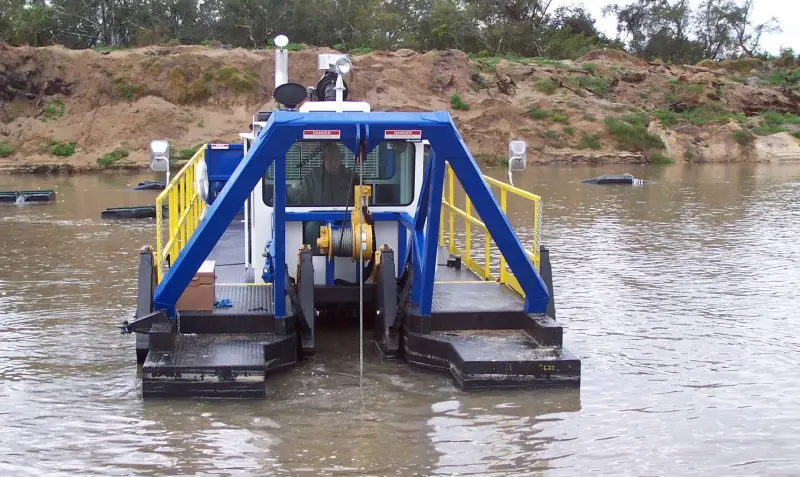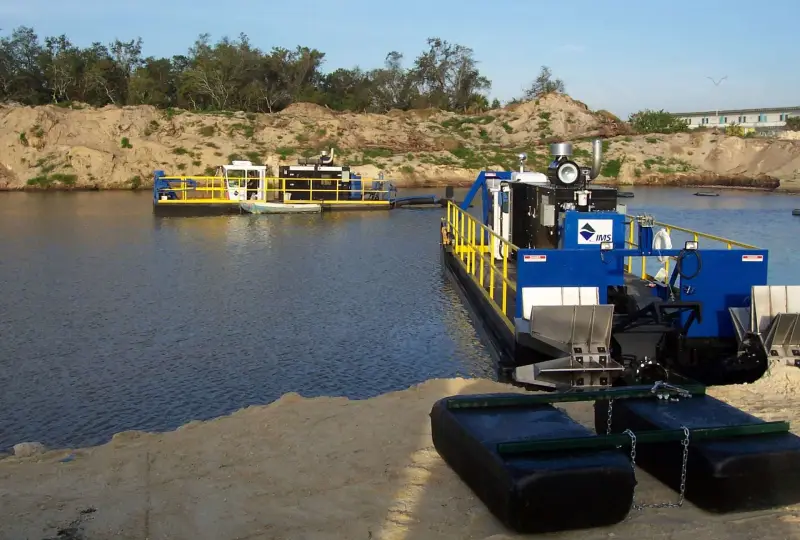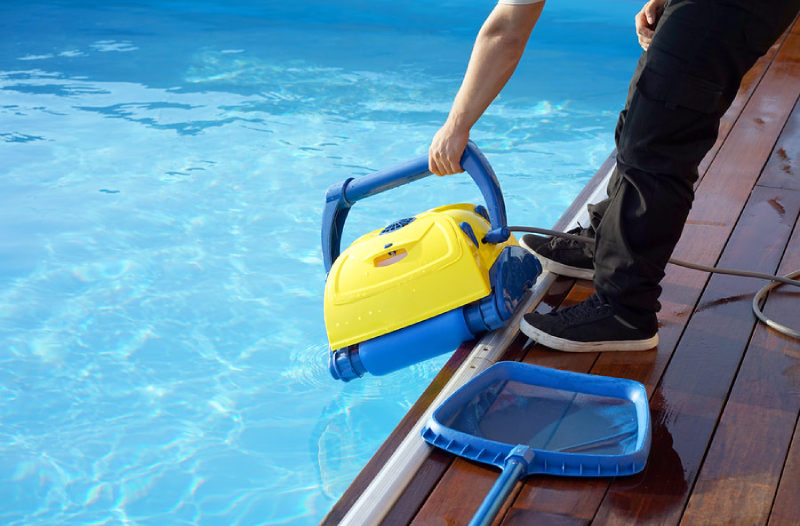Exploring sand dredging equipment unveils a suite of essential tools vital for various marine and coastal projects. At the forefront is the versatile dredger, ranging from cutter suction dredgers to trailing suction hopper dredgers, each designed to efficiently extract sand from seabeds or riverbeds. Equipped with powerful pumps, cutters, and suction pipes, these dredgers can remove vast quantities of sand while maintaining precision and control. Supporting this machinery are ancillary equipment such as booster pumps, pipelines, and dewatering systems, essential for transporting and processing dredged material.
Introduction To Sand Dredging: Understanding The Process
sand dredging is a crucial operation employed in various industries, including construction, mining, and coastal management, to extract sand from underwater deposits for use in projects such as beach replenishment, land reclamation, and infrastructure development. This process involves the removal of sand and sediment from the seabed or riverbed using specialized equipment known as dredgers. Understanding the fundamentals of sand dredging equipment is essential for maximizing efficiency, productivity, and safety in dredging operations.

The Core Components: Breakdown Of Sand Dredging Equipment
Sand dredging equipment comprises several core components essential for efficient extraction and transportation of sand from marine or river environments. At the heart of the operation lies the dredger itself, available in various types such as cutter suction dredgers or trailing suction hopper dredgers. The dredger is equipped with powerful pumps capable of suctioning sand from the seabed or riverbed, along with cutters that break up compacted sand for easier extraction. Supporting equipment includes pipelines, which transport the dredged material to its destination, and booster pumps that maintain pressure over long distances.
Cutter Suction Dredgers: Powerhouses Of Sand Excavation
Cutter suction dredgers (CSDs) are among the most commonly used types of dredging equipment for sand extraction. These powerful vessels feature a rotating cutter head mounted on a suction pipe, which cuts into the seabed or riverbed and dislodges sand and sediment. The suction pump then draws the loosened material into the dredger, where it is transported via pipelines to the designated disposal site. Cutter suction dredgers are highly versatile and can operate in various water depths and soil conditions, making them ideal for a wide range of sand dredging applications.
Hydraulic Dredges: Efficient Solutions For Various Terrains
Hydraulic dredges utilize hydraulic power to excavate and transport sand and sediment from underwater environments. These dredgers typically feature a hydraulic-driven cutter or suction mechanism, which breaks up and removes material from the seabed or riverbed. Hydraulic dredges are known for their efficiency, precision, and ability to operate in diverse terrains, including soft soils, rocky substrates, and shallow waters. With their versatility and adaptability, hydraulic dredges are well-suited for sand dredging projects in challenging environments.
Bucket Wheel Dredgers: High Capacity Sand Removal Systems
Bucket wheel dredgers are specialized dredging machines equipped with a rotating wheel fitted with buckets or scoops. As the wheel rotates, the buckets scoop up sand and sediment from the seabed or riverbed, which is then conveyed to a processing plant or storage facility. Bucket wheel dredgers are renowned for their high capacity and continuous operation, making them ideal for large-scale sand dredging operations requiring rapid sand removal and transport.
Pumping Systems: Moving Sand With Precision And Speed
Pumping systems are essential components of sand dredging equipment, responsible for transporting extracted material from the dredger to the designated discharge point. These systems typically consist of powerful pumps capable of handling large volumes of sand and sediment, along with pipelines, hoses, and valves for conveying the material over long distances. Pumping systems play a critical role in the efficiency and effectiveness of sand dredging operations, ensuring the timely and precise movement of sand from the dredging site to its destination.
Ancillary Equipment: Supporting Tools For Optimal Dredging Operations
In addition to core dredging equipment, various ancillary tools and machinery are essential for supporting optimal dredging operations. These may include anchors and mooring systems to stabilize dredgers during operation, winches and cables for positioning and maneuvering equipment, and navigation and surveying instruments for mapping underwater terrain and monitoring dredging progress. Ancillary equipment enhances the safety, efficiency, and accuracy of sand dredging operations, enabling operators to achieve optimal results while minimizing downtime and risks.
Conclusion
Sand dredging equipment plays a crucial role in extracting sand and sediment from underwater environments for use in various industries and applications. From cutter suction dredgers and hydraulic dredges to bucket wheel dredgers and pumping systems, each component of sand dredging equipment is essential for ensuring the efficiency, productivity, and safety of dredging operations. By understanding the capabilities and functions of different types of dredging equipment, operators can effectively harness the power of these tools to achieve their sand dredging goals while minimizing environmental impact and maximizing operational efficiency.

Leif Aleksandra, a nomadic wordsmith with roots spanning continents, captures the essence of diverse cultures in his tales. With a pen dipped in wanderlust, Leif traverses the landscapes of imagination, blending the flavors of his global experiences into narratives that resonate with universal truths.




